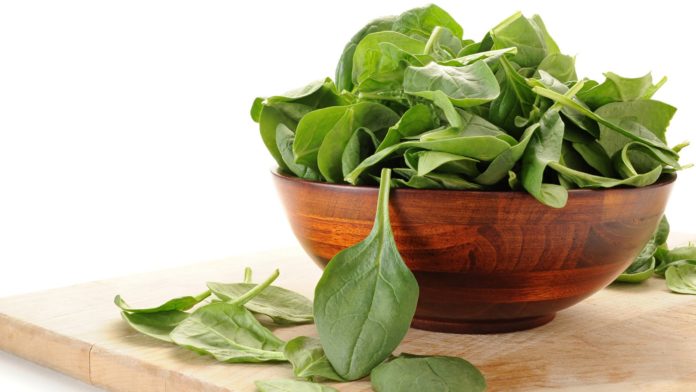I recently watched a video that said the spinach in the stores loses up to 90% of its vitamin C by the time you buy it and it got me thinking. What would it take for me to grow all the spinach I could need at home, harvest it fresh so that it has the highest concentration of nutrients. Growing your own spinach can be a rewarding endeavor, providing you with fresh, nutritious greens for your daily salads. This guide will cover everything you need to know to grow enough spinach for a salad every day, including space requirements, time, seeds, water, and other essential factors.
Spinach Space Requirements
Spinach is a relatively space-efficient crop, making it suitable for both garden beds and container gardening. Here’s what you need:
- Garden Bed: Each spinach plant requires about 6 inches of space in all directions. For a consistent supply, plan for at least 1-2 square feet per person.
- Containers: If you prefer container gardening, choose pots that are at least 6 inches deep. A single 12-inch pot can accommodate 3-4 spinach plants.
Time Commitment
Spinach grows quickly, and you can expect to start harvesting within a few weeks. Here’s a breakdown:
- Germination: Spinach seeds typically germinate in 5-10 days.
- Harvest Time: Baby spinach leaves can be harvested in about 20-30 days. Full-sized leaves take about 40-50 days.
- Succession Planting: To ensure a continuous supply, plant new seeds every 2-3 weeks.
Seeds
The number of seeds you need depends on your planting method and desired yield. Here are some guidelines:
- Seed Quantity: For a family of four, plant about 40-50 seeds every 2-3 weeks to ensure a daily supply of spinach.
- Varieties: Choose from different spinach varieties like ‘Bloomsdale Long Standing,’ ‘Tyee,’ or ‘Space’ for varied growth rates and leaf types.
Water Requirements
Spinach needs consistent moisture to thrive. Here’s how to manage its water needs:
- Watering Schedule: Water the plants deeply once or twice a week, ensuring the soil remains moist but not waterlogged.
- Mulching: Apply a layer of mulch around the plants to retain soil moisture and reduce watering frequency.
Soil and Fertilization
Proper soil preparation and fertilization are key to healthy spinach growth:
- Soil: Spinach prefers well-drained, loamy soil with a pH of 6.5-7.0. Add compost or aged manure to enrich the soil.
- Fertilizer: Use a balanced fertilizer (10-10-10) before planting and side-dress with nitrogen-rich fertilizer (e.g., fish emulsion) every 3-4 weeks.
Sunlight
Spinach grows best in cool weather with partial to full sunlight:
- Sun Exposure: Aim for 4-6 hours of sunlight daily. In hotter climates, provide partial shade to prevent bolting.
Pest and Disease Management
To ensure a healthy spinach crop, be vigilant against pests and diseases:
- Pests: Common pests include aphids, leaf miners, and slugs. Use organic insecticidal soap or neem oil to manage infestations.
- Diseases: Prevent fungal diseases by ensuring good air circulation and avoiding overhead watering.
Harvesting and Yield
Proper harvesting techniques will maximize your spinach yield:
- Harvesting: Pick outer leaves regularly to encourage new growth. For baby spinach, harvest leaves when they are about 3 inches long.
- Yield: A well-maintained spinach patch can yield about 1-2 pounds of spinach per square foot over a growing season.
Growing Tips for Daily Spinach Salads
- Start Indoors: Begin seeds indoors 4-6 weeks before the last frost date to get a head start on the growing season.
- Thinning: Thin seedlings to prevent overcrowding and promote healthy growth.
- Succession Planting: Plant small batches every few weeks to ensure a steady supply of fresh leaves.
- Hydroponic Options: Consider hydroponic systems for a more controlled growing environment, especially if space is limited.
By following these guidelines, you can enjoy fresh, homegrown spinach in your salads every day. Whether you have a spacious garden or a small balcony, growing your own spinach is both feasible and highly rewarding.
Learn more in my latest book, Get a Green Thumb: A Beginner’s Guide to: Spinach on Amazon.










